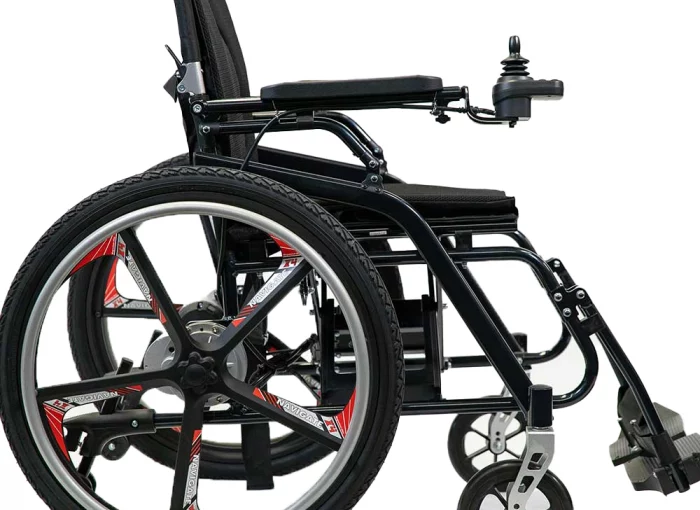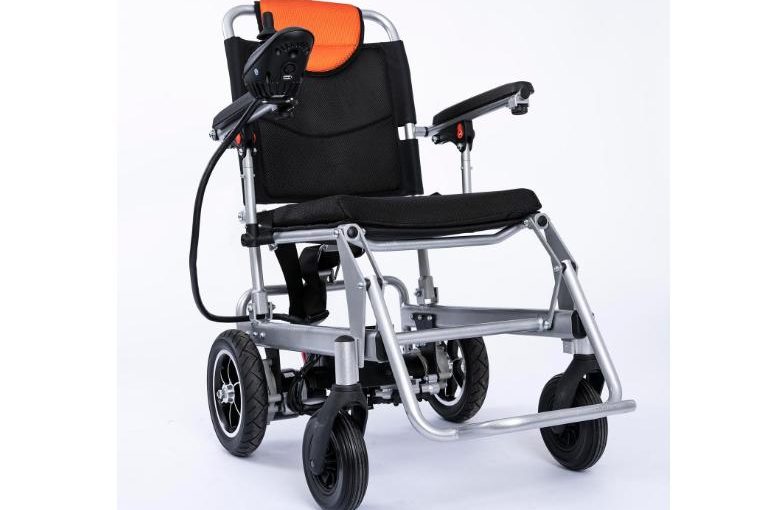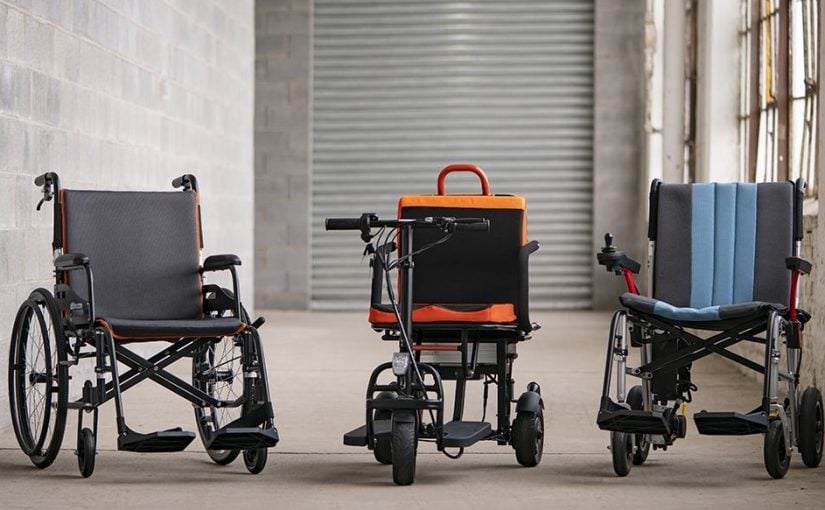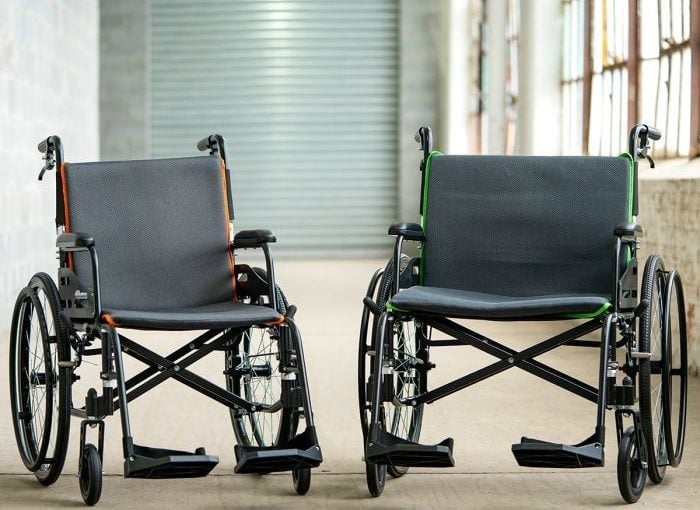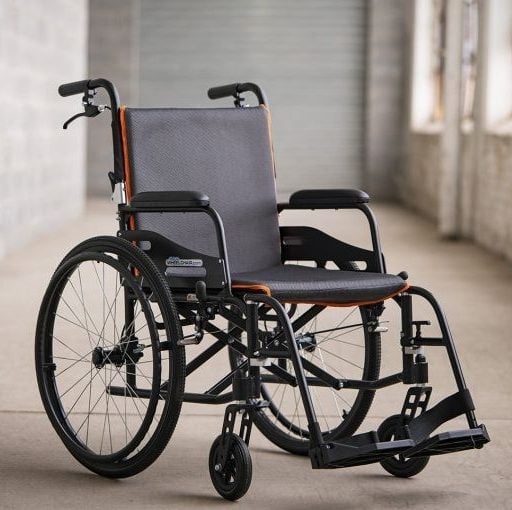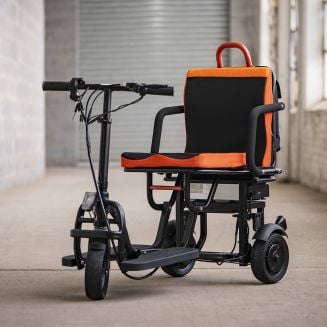Tag: Wheelchairs
New to Wheelchairs? Here’s What to Expect
Future Advancements in the Wheelchair Space
Continue reading Future Advancements in the Wheelchair Space
Bang for Your Buck – The Top Motorized Wheelchairs in 2022
Continue reading Bang for Your Buck – The Top Motorized Wheelchairs in 2022
Mobility, Comfort, Versatility -The Best Transport Wheelchairs You Need to Know About
Where Can You Find Affordable Folding Wheelchairs
Continue reading Where Can You Find Affordable Folding Wheelchairs
Portability and Power – The Best Folding Power Wheelchairs
Continue reading Portability and Power – The Best Folding Power Wheelchairs
